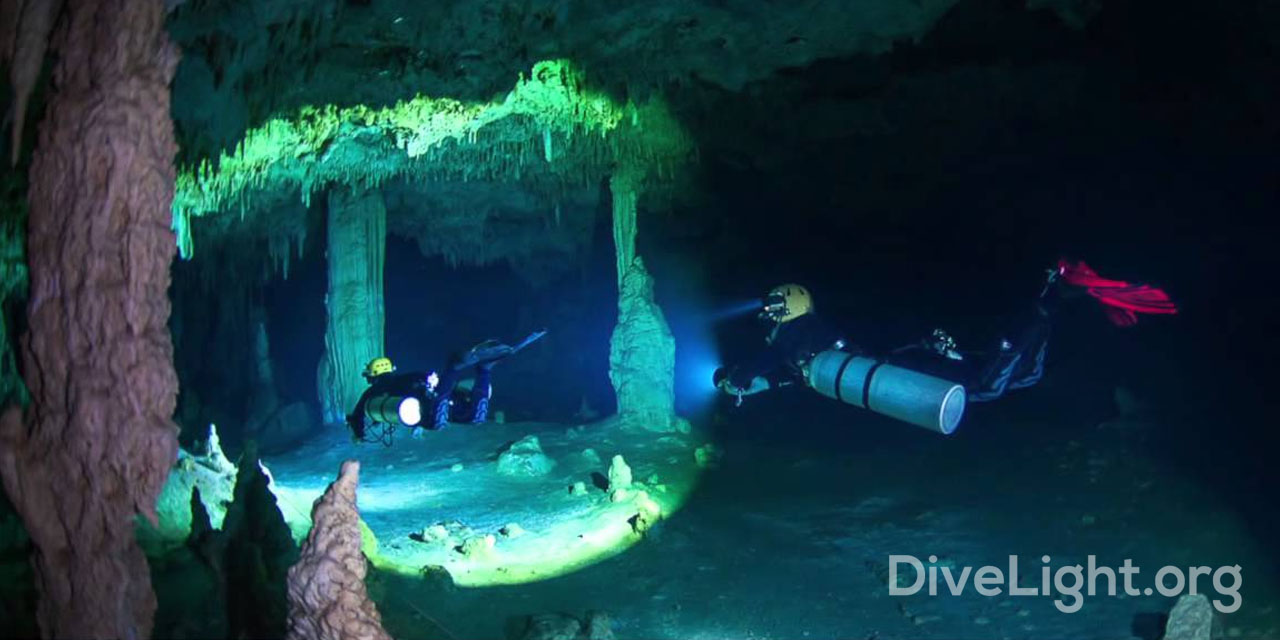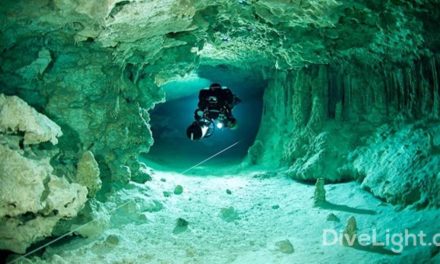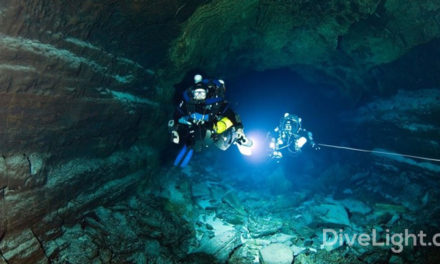The underwater world is filled with a multitude of creatures and fish. Lots of these animals, small and large, naturally have brilliant colors, but as light moves through water, these colors get filtered out, leaving only blues and grays visible to the human eye. This is among the many reasons as to why underwater lights have become very important equipment in cave diving, along with the obvious safety benefits.
By equipping yourself with a quality dive light, you can enjoy vivid colors wherever the dive light is pointed. In addition to cave diving, night diving and diving in low light and/or low visibility water all require artificial light sources so that you can see the surrounding environment. Dive lights have three types of light sources, including Xenon or Halogen, LED (Light Emitting Diode), or HID (High-Intensity Discharge) bulbs.
Most of the times, cave divers opt to use lights with a narrow beam. This is to enable the light to be focused into a very bright beam. A brighter beam of light is good for signaling, especially during a cave dive, because in the place of a hand signal, light signals are used for communication. A tight beam also allows divers to keep the light from bouncing off walls or reflecting back in their eyes due to sediment in the water, which is why many cave divers opt to use a tight beam cave diving light as their primary light.
Good primary lights are made out of lights with beam angles of around 10 degrees, with 7 to 12 degree beam angles recommended for most cave diving excursions. With the increased technology in the latest LED bulbs and lithium batteries, cave divers now have access to reliable, efficient lights perfect for exploring caves, eliminating a lot of the drawbacks found with the old standard canister flood lights.






